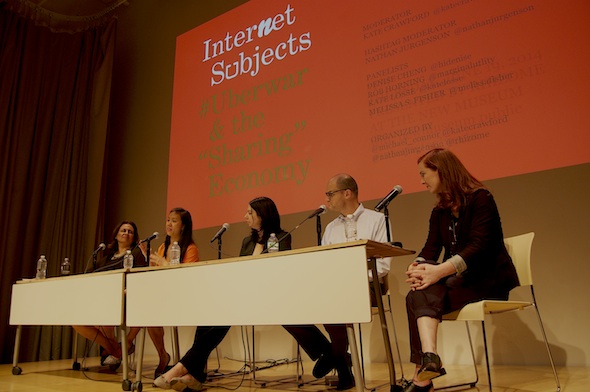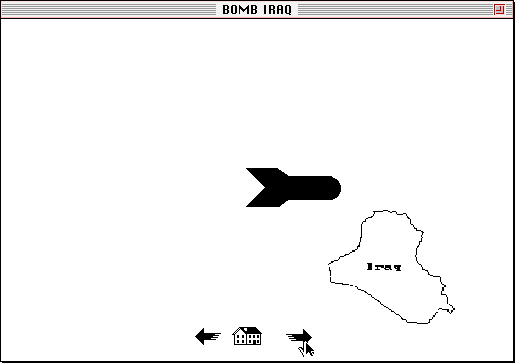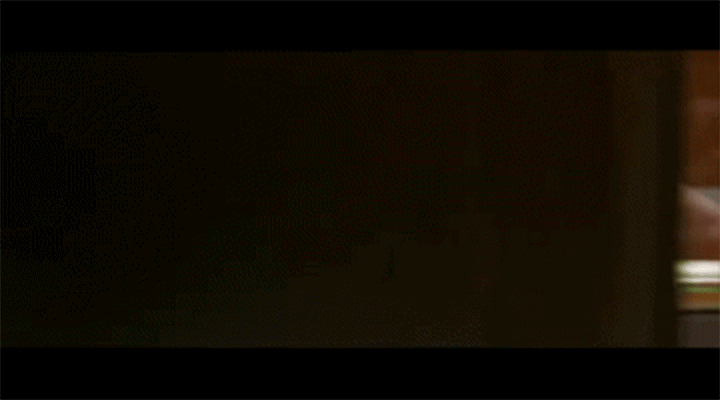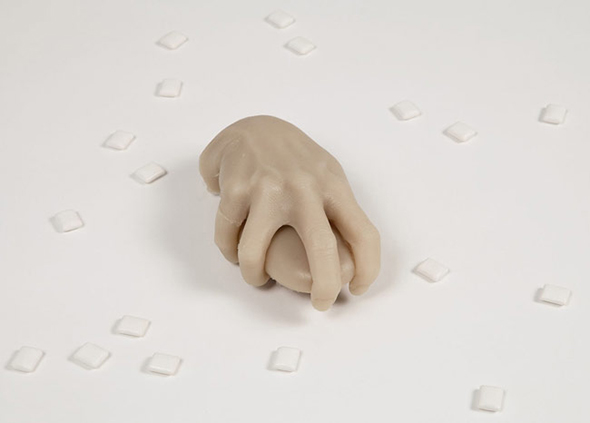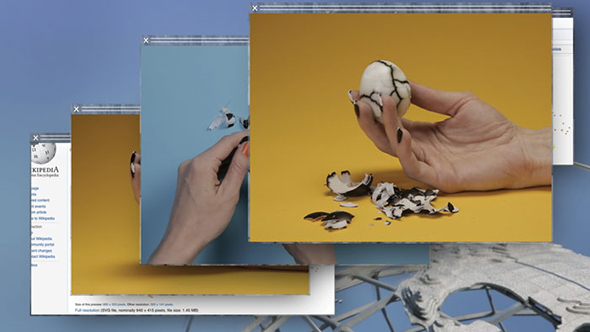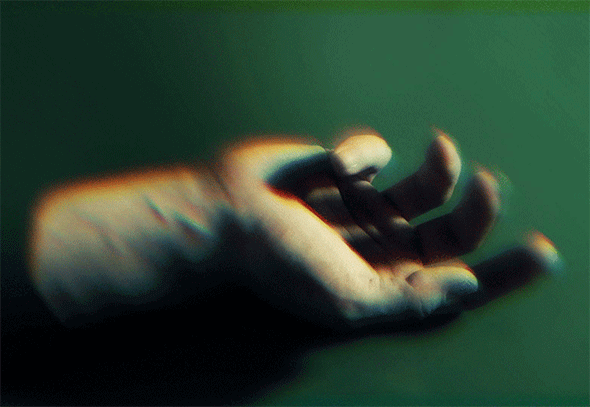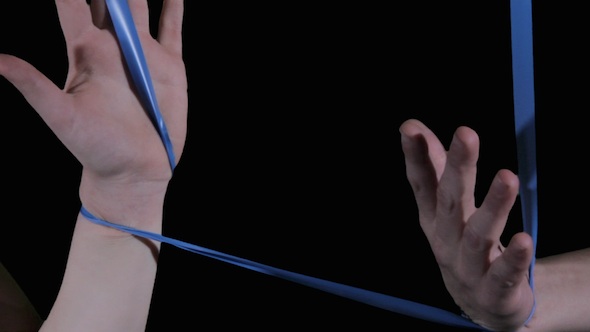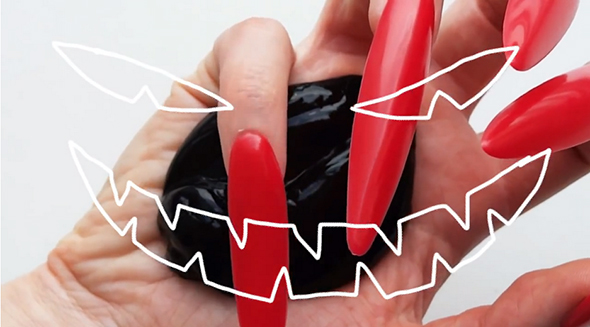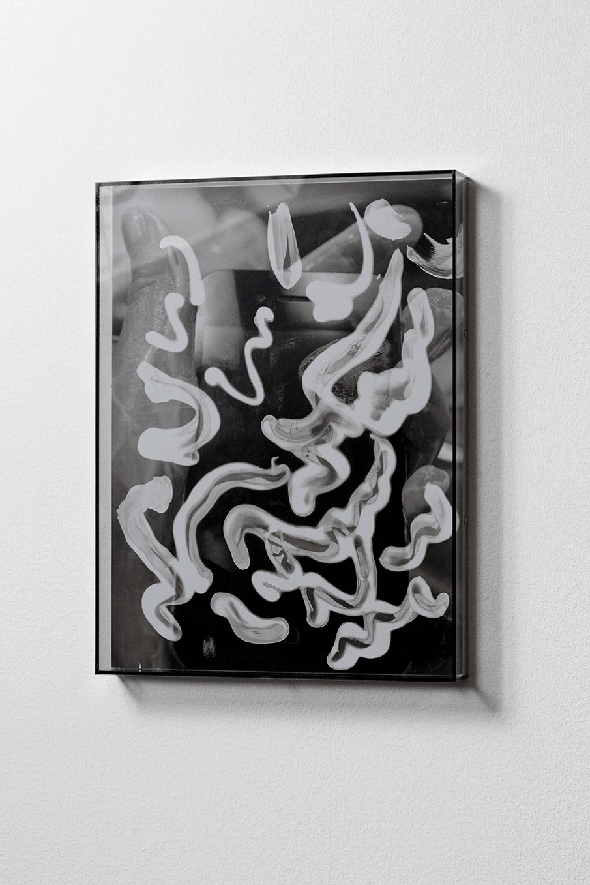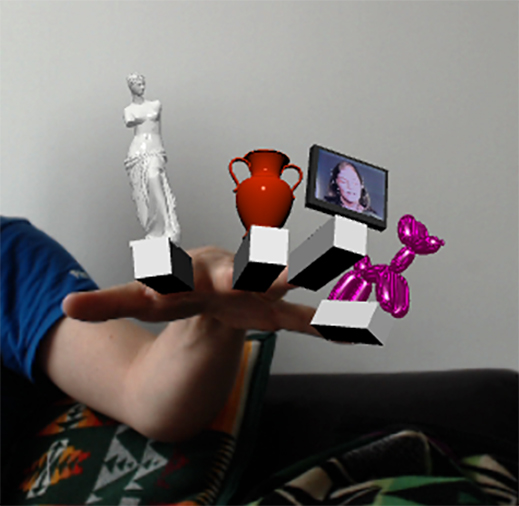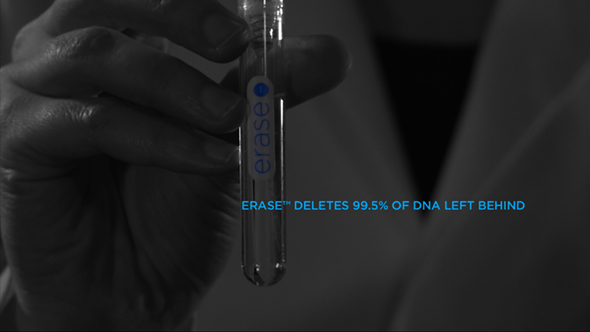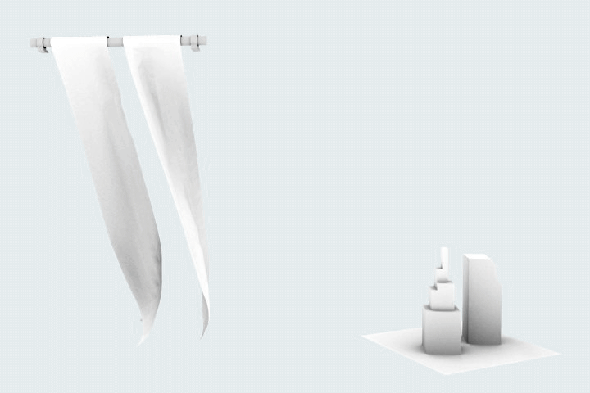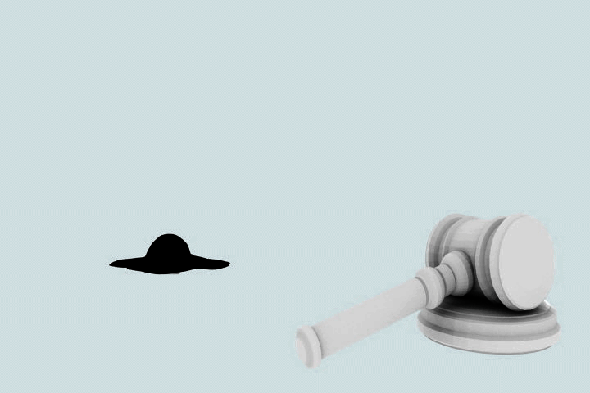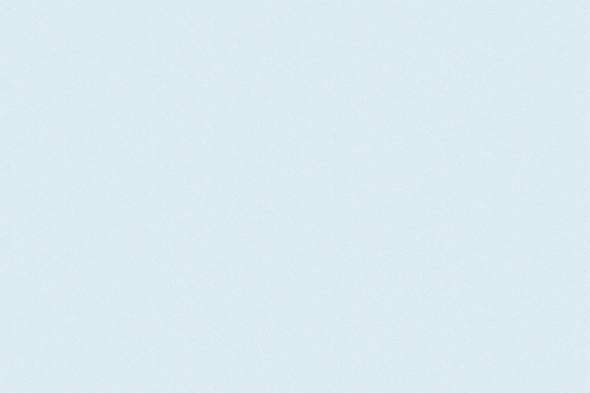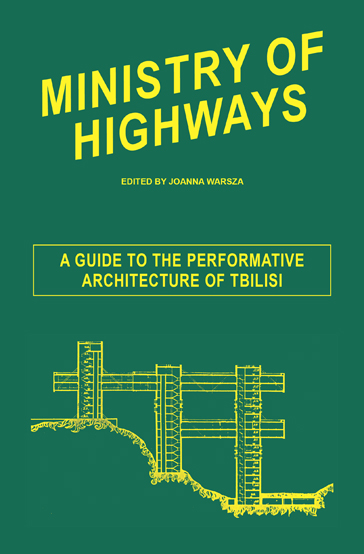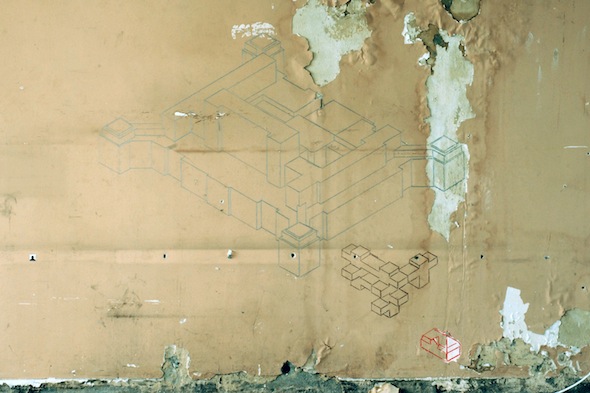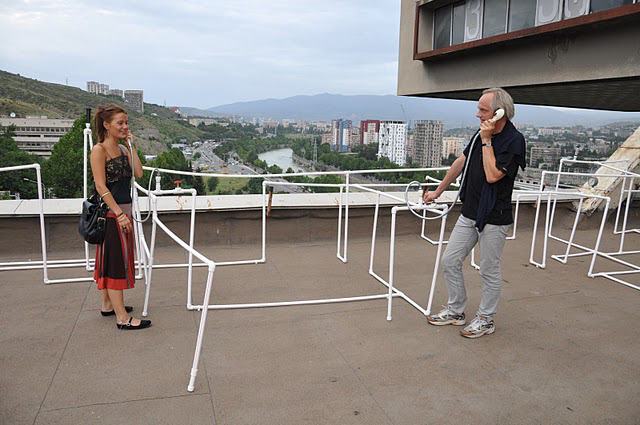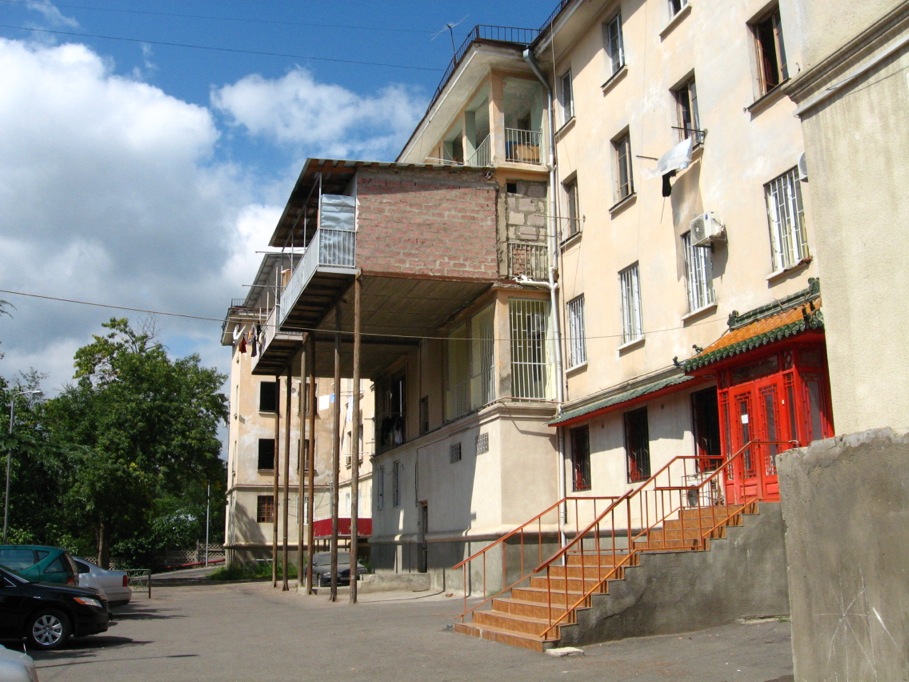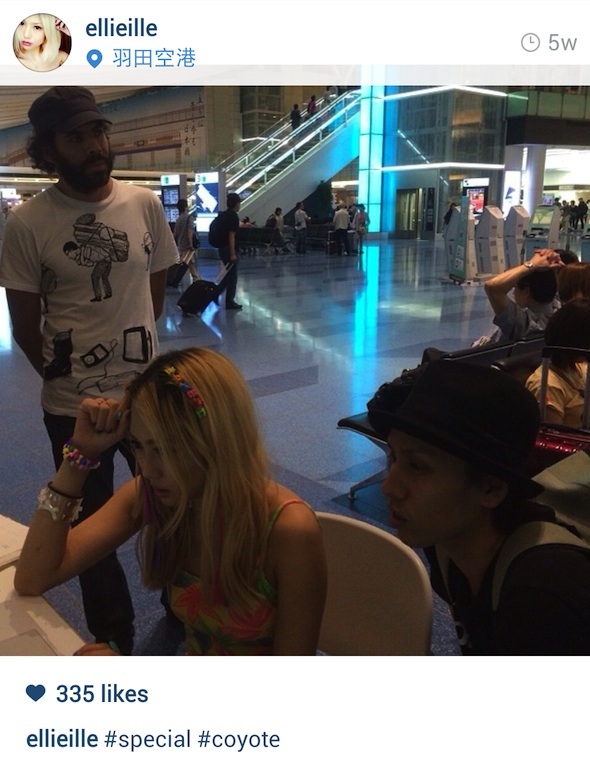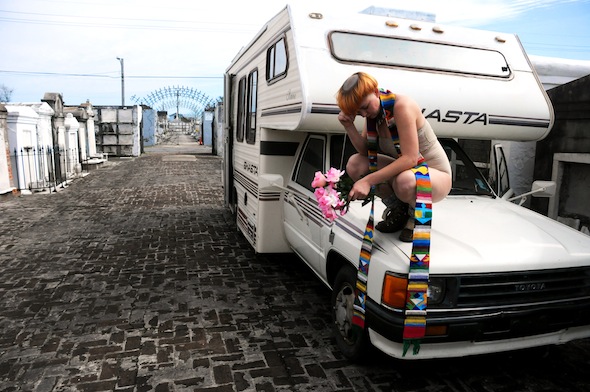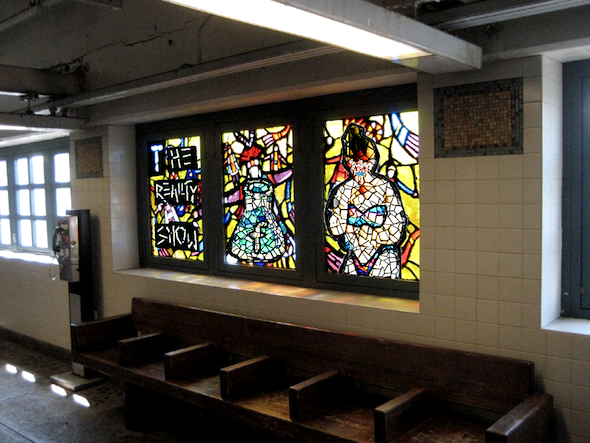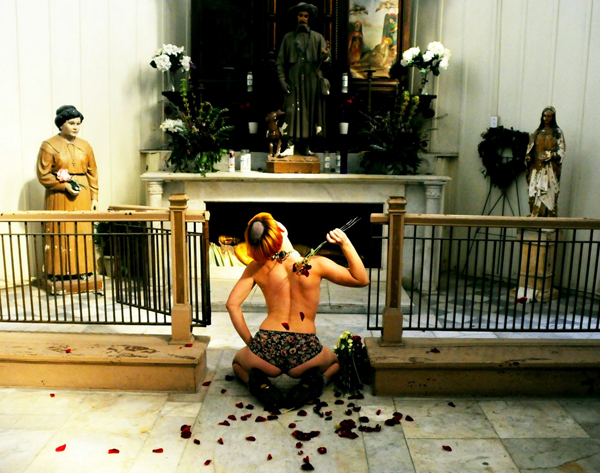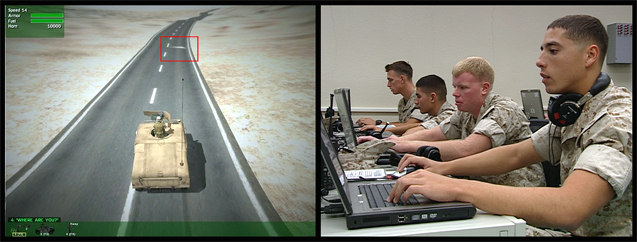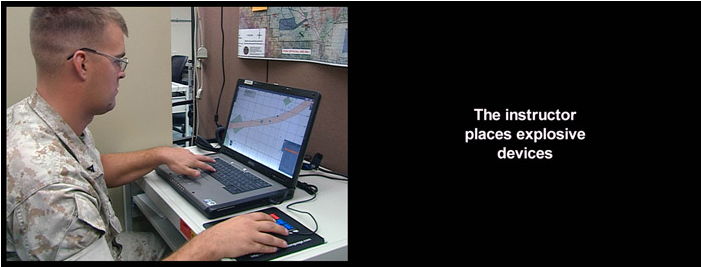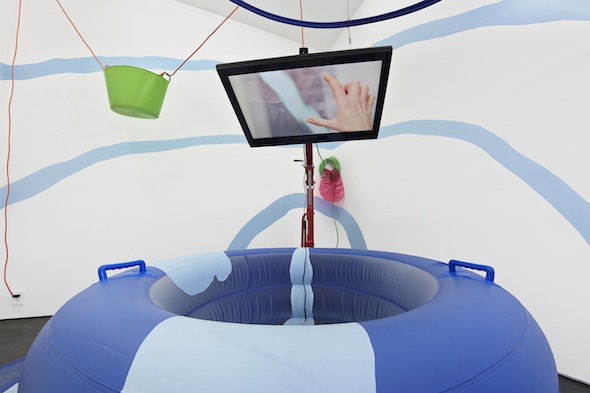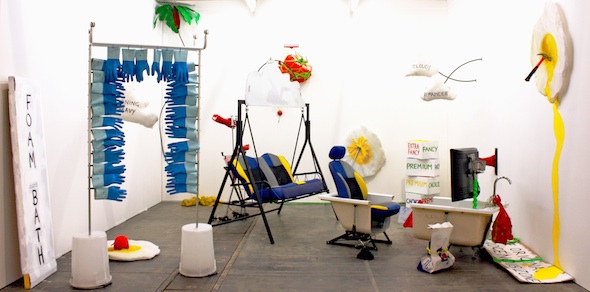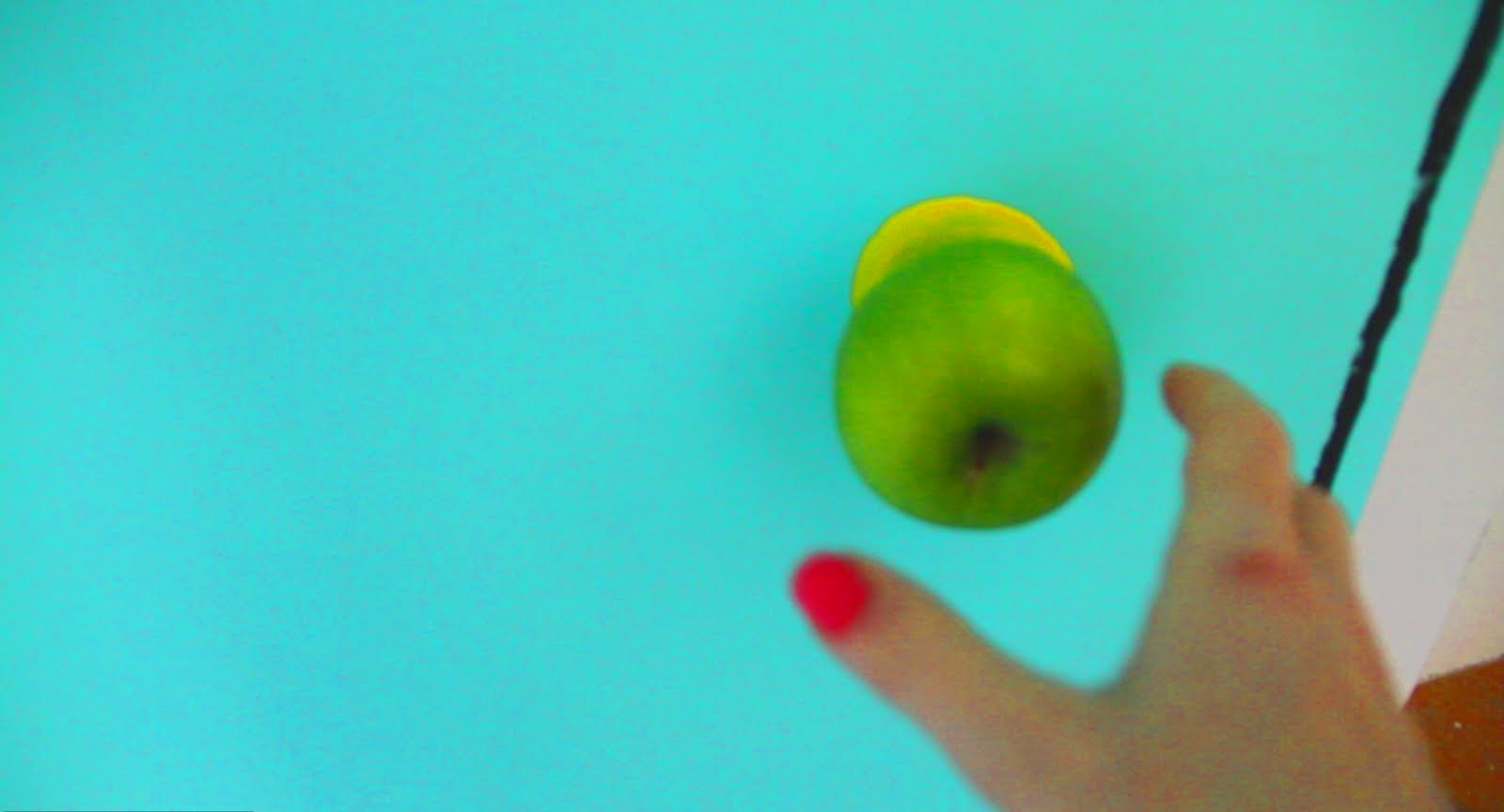
Advertisement for destruction of pirated media in the Philippines.
Surely the irony wasn’t lost on Maulana Fazlullah when he took to his FM channel to tell his supporters to burn their radios. But Radio Mullah—as he fast became known—was just preaching on his shortwave what the incumbent Islamist government had set in motion on the streets of the frontier province. In 2006, the Muttahida Majlis-e-Amal (MMA) government in Pakistan's provisional district of Khyber–Pakhtunkhwa had begun cracking down on ownership of electronics and recordings of all kinds. Muhammad Arif of the Center for Peace and Cultural Studies Peshawar remembers what happened when media products were suddenly found to be profane: "CDs, Video Cassettes and other gadgets were burnt on the directives of the provincial government. There were clear directives from the MMA government to remove 'obscene' material from the shops and the police had to prove their efficiency." Ordinary people—not only the most devout—and, in some cases, even the police, attended the ceremonies.
Having consisted primarily of local cassettes, videotapes, and VCDs, the MMA government's own bonfire of the vanities did not garner much media attention. Whether it's the looting of Egypt's Museum of Antiquities, the United States’ desecration of Mesopotamian sites in Iraq, the Taliban burning of the Afghanistan National Film Archive, or the torching of historic manuscripts in Timbuktu, the international community can generally be counted on to mourn the destruction of listed sites and priceless objects. But this is not the case when it comes to the destruction of contemporary digital or electronic cultural artefacts, which often receives the tacit approval of the international community as an essential part of the war against piracy. By shredding the "counterfeit" electronic media of their citizenry, governments of emerging markets signal their willingness to participate in a global economy and stage their official identity, while sacrificing the media archives of the future.

Steamrolling masses of CDs.
The sight of tanks and bulldozers crushing disks and tapes is now a familiar one in economies that struggle with—or are at least eager to demonstrate their disapproval of—the brazen alternate distribution networks of pirated media. For every obscure instance of religious zealotry, such as the MMA government's purifying fire, numerous nations are busy publicizing their deployment of military and industrial hardware in the ceremonial annihilation of the carriers of media culture. With a distinctly religious regularity, these destruction ceremonies become events of national significance, acting as a cohesive social and ideological force that initiates the willing into the symbolic body politic of the globalized world.
Through either their direct attendance or participation as subjects or electors of the state, citizens and media consumers are invited to make symbolic contact with broader political forces. More often than not, IP offices choose to stage their rituals on the World Intellectual Property Organization (WIPO)'s annual World Intellectual Property Day. In China, where as the saying goes "everything is fake but your mother," software and content management seminars in plush hotels are the soft sell to the wider battle fought via on-the-spot bonfires outside duplication factories. In Thailand, VIPs walk the streets after the ceremonial destruction and ask the curious to pay that little bit more for authenticity's sake. The Romanian Copyright Office has even begun shattering hard disks and memory sticks: the symbolic manifestations of online piracy.
If destruction ceremonies of pirated media products across the developing world are a response to global economic forces, they play an equally important role in producing and rehearsing specific national or local identities. At the turn of the century, Indian elephants were seen "stomping" out counterfeit cassettes. In Algeria, a destruction ceremony in October 2012 was adorned with anti-piracy banners that called to mind a street protest; attendees were invited to break pirated media over anvils with rubber mallets. The ceremony was trumpeted by officials as a stance in support of local artists and authors; they enlisted the public support of national celebrities Mohamed Tahar Fergani and Takfarinas. Despite this local emphasis, the ceremony came in the wake of pressure from the US and the WIPO for Algeria to crack down on copyright infringement.

Ceremonial sledgehammering of pirated media.
In press releases and news reports, these ceremonies are said to send a clear message about the government's commitment to facing the issue of copyright piracy head-on. But, like Radio Mullah's paradoxical edict, these public ceremonies of cultural destruction are mired in ambiguity, because governments often tacitly approve of media piracy while publicly condemning it. (For example, the Algerian government itself, as of 2009, was using approximately 50% pirated software). With their maritime namesakes, media pirates share a desire to subvert and profit from the constraints of a gush-up gospel legal system that allows creativity to suffer at the hands of competition, and this desire is not unknown to government officials as well.
Effectively cleaving new trade routes for major labels and production companies, the unilateral trade agreements intended to win the war on piracy instead serves as a means of controlling the economic progress of emerging economies. In 1994 the World Trade Organization (WTO) authored the TRIPS agreement, effectively ensuring that copyright compliance become a prerequisite for continued participation in global trade. The agreement laconically recommended that confiscated goods be "disposed of outside the channels of commerce." Much of the remainder of the document is equally ambiguous, with the aim of allowing countries to mete out punishments and deterrents as they see fit. The early years of the century saw the Office of the US Trade Representative (USTR) set the tone, threatening the nations of the world with inclusion on their annual Special 301 report "Watch List" and "Priority Watch List". From being branded as an outcast in the merchant caste to trade sanctions, the punishments can be severe. 2014's worst violators of international copyright law—Thailand, India, Algeria, Argentina, Chile, China, Indonesia, Pakistan, Russia and Venezuela—are under pressure to show their commitment to US trade norms. Like long-time offender the Philippines, whose name disappeared from the list this year, they are forced to capitalize on every haul of seized goods to provide evidence of their efforts.
Throughout history, societies have found certain kinds of knowledge to be so inexorably tied to their fate as to warrant designation as sacrosanct, making their unpermitted access an act of profanity. Not everything is allowed free circulation. State secrets, as the Snowden leaks have shown us, are guarded for a reason; their unauthorized release destabilizes existing power relations. The same goes for cultural bodies of knowledge, and as such, copyright can be seen as one of the primary mediators of social power. How these closely guarded objects or practices are protected tells us a lot about the structure of the society that clings to their efficacy.
Regional copyright offices, the WIPO, and the WTO would rather not think of their efforts as the destruction of knowledge, as book burning. Crushing, pulping, and shredding have more pleasant associations with recycling, with failure, and technological breakdown, and less to do with Nazism or religious fundamentalism. In the eyes of fascism and fundamentalism the content is profane by its very nature, but the sin of pirated media is far more ambiguous. If it isn't the content, it must be the distribution system, of which the carrier is considered a bastard offspring.

Cassette, CD, and VCD store. Photo: Majeed Babar
But what lies behind the "profane" circulation of cheap, mass-market pirate media is often a system of legitimate or "sacrosanct" distribution characterized by instability, narrow selection, and unfair pricing structures. In many cases, official media is prohibitively expensive, and pirated CDs and VCDs play to a market of lower-income individuals eager for the dissemination of their national culture, not its destruction. In nations with established archives, government holdings, protected collections, and frequent bequests, the distribution, dissemination, and ownership of cultural artifacts are taken for granted. Yet in emerging economies, many of which suffer archival crises triggered by turbulent recent histories, scarcity of funds or skills-drains, the spread of historic music, classic films, and golden-age singers is left to an alternative distribution system to fill the gaps. Thus, by designating pirated media distribution systems as "profane" and official media outlets as "sacred," national governments are destroying the vernacular media archives of the future.
This conflict between local culture and far-flung capitalists can be seen in the Philippines, where the lingering threat of Special 301 led to the foundation of the Optical Media Board (OMB), whose outlandish chairmen, youthful image, and bombastic destruction rituals helped secure the country's removal from the 2014 list after two decades of inclusion. The dubious accolade coincided with improved relations with the US, when in April 2014; the countries signed a ten-year defence pact. However, recent destruction ceremonies organized by the OMB pale in comparison to the one staged in Manila in early 2006. Mounted on an armored vehicle, then-chairman of the OMB Edu Manzano led the charge at the military headquarters Camp Aguinaldo. After the vehicle flattened over 100 million pesos' ($7.7 million in USD) worth of pirated discs, another batch was fed into a pair of giant shredders. As if it needed clarifying, Manzano confirmed to the mass of onlookers at the widely publicized event: "This is a war." But even before the arrival of cheaply duplicated media, a fear of media counterfeiters’ ancestor, marine pirates, had been indelibly woven into Filipino discourse. Before Spanish colonization, marine raiding was the traditional form of warfare, and one treated with the respect accorded to warriors. Upon first contact, the Europeans saw something different. Caught back home in the midst of a bitter battle to stop marine pirates clogging their trade routes, the colonizers saw the nascent Philippine islands as an archipelago of privateers.
Despite the successes of the Filipino assault on piracy, the unpopularity of Operation Dudula in South Africa demonstrates the contentious nature of the approach. Led by the poet and musician Mzwakhe Mbuli, this populist movement saw musicians themselves take to the markets and duplication factories to turn over tables and confiscate illegal merchandise. The operation soon generated toxic publicity through allegations of theft, looting, and racial assaults of migrant stallholders.
Consumers of the vast majority of media culture in Pakistan and the Philippines endure two prime examples of two different types of militant iconoclasm, with Radio Mullah on one hand and the OMB's armoured trucks on the other. Both countries also share an archival crisis, and suffered the devastating effects of military rule and martial law through the 1970s and 1980s. Until recently, the Philippines were thought to have been the last major nation without a national film archive when one was finally established in 2011. Now it is left to Pakistan to suffer that ignoble honor. For a country that so openly permits media piracy, it would be easy to blame this on the circulation of pirated films detracting from an archival impulse from forming. Yet the opposite is true: in countries such as Pakistan the sole reason for the continued existence and dissemination of films made roughly before the advent of VHS is the pirate media trade. With the majority of films now considered lost or damaged beyond repair, the archivists of a future Pakistani film archive would look to the VHS transfers struck from the original reels in the early 1980s as part of General Zia-al-Huq's stay-at-home cultural policy. These films, all readily available from pirate VCD shops, are in each incarnation potentially the earliest carrier form—or what might one day constitute an "original" master copy—and their destruction is the burning of tomorrow's archive.
In countries for whom access to legitimate media products is indicative of social class—pirate media encourages the lossy compression and transference of data to the most modern, economical carrier, the public destruction of which is a symbolic interruption in a long line of media migration. Destruction ceremonies in Pakistan and the Philippines, whose pirated media distribution networks kept alive an archival impulse in the face of government inertia, reflect two iconoclastic gestures to protect the sacred and punish the profane. The sacred lingers in every culture, expressed in those things that are denied open access, with the profane increasingly representative of the inverse effect of prestige pricing and luxury produce. In all cultural modalities there are dichotomies that set the transcendental against the everyday. Pirate destruction ceremonies are the lingering remnants of civilizations that have yet to fully grasp that culture is no longer only accessible to those with means, and their bonfires of the everyday will only continue to polarize a global community for whom technology and informational networks have collapsed the distance between the sacred and the profane.
